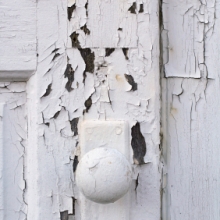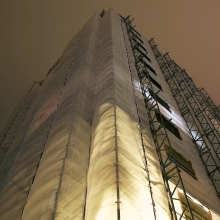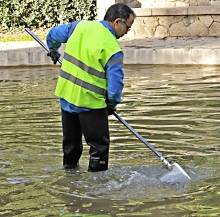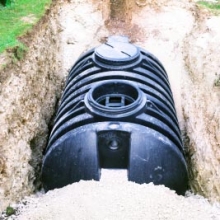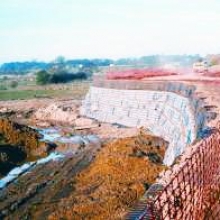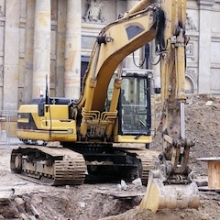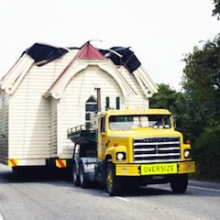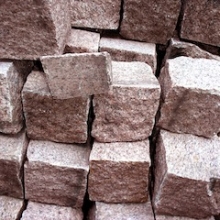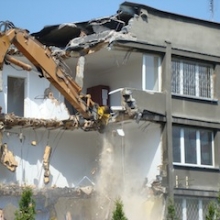Disinfecting of Water Utility Distribution
The goal of potable water disinfection is the destruction of pathogens (primarily bacteria) that can cause human disease. Disinfection is the final treatment process applied to a surface water supply before community use (following coagulation, sedimentation, and filtration) in most municipal water services. Many of the pathogens are already removed before disinfection by this multi-stage treatment process, allowing the chemical agents used in disinfection to be highly effective. Deep drinking wells are often not disinfected because underground environments, including the natural filtering of aquifers that occurs as groundwater moves through soils, are not conducive to pathogen survival. However, well water consumed via a community piping system or shallow wells subject to surface water infiltration should be disinfected.
